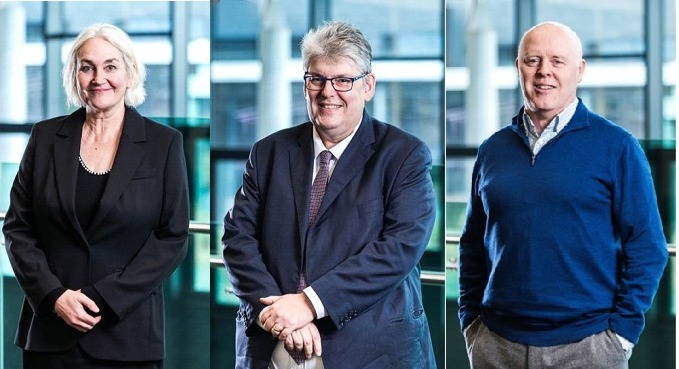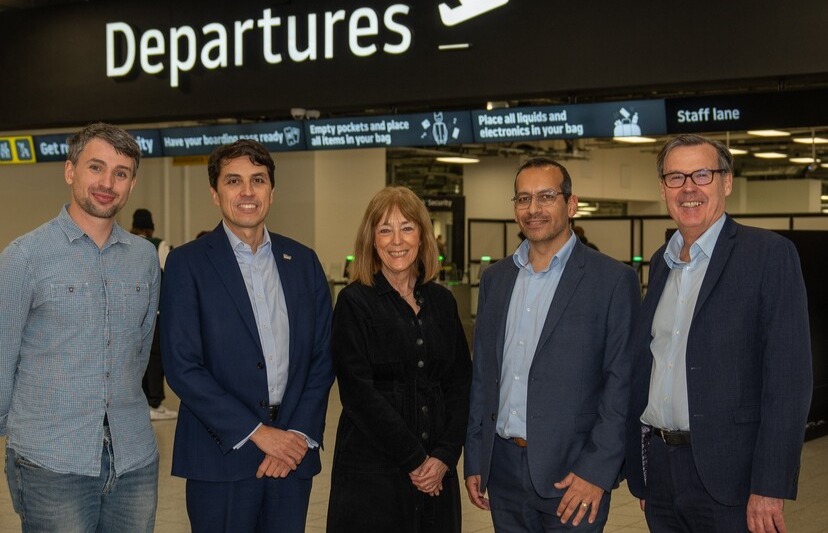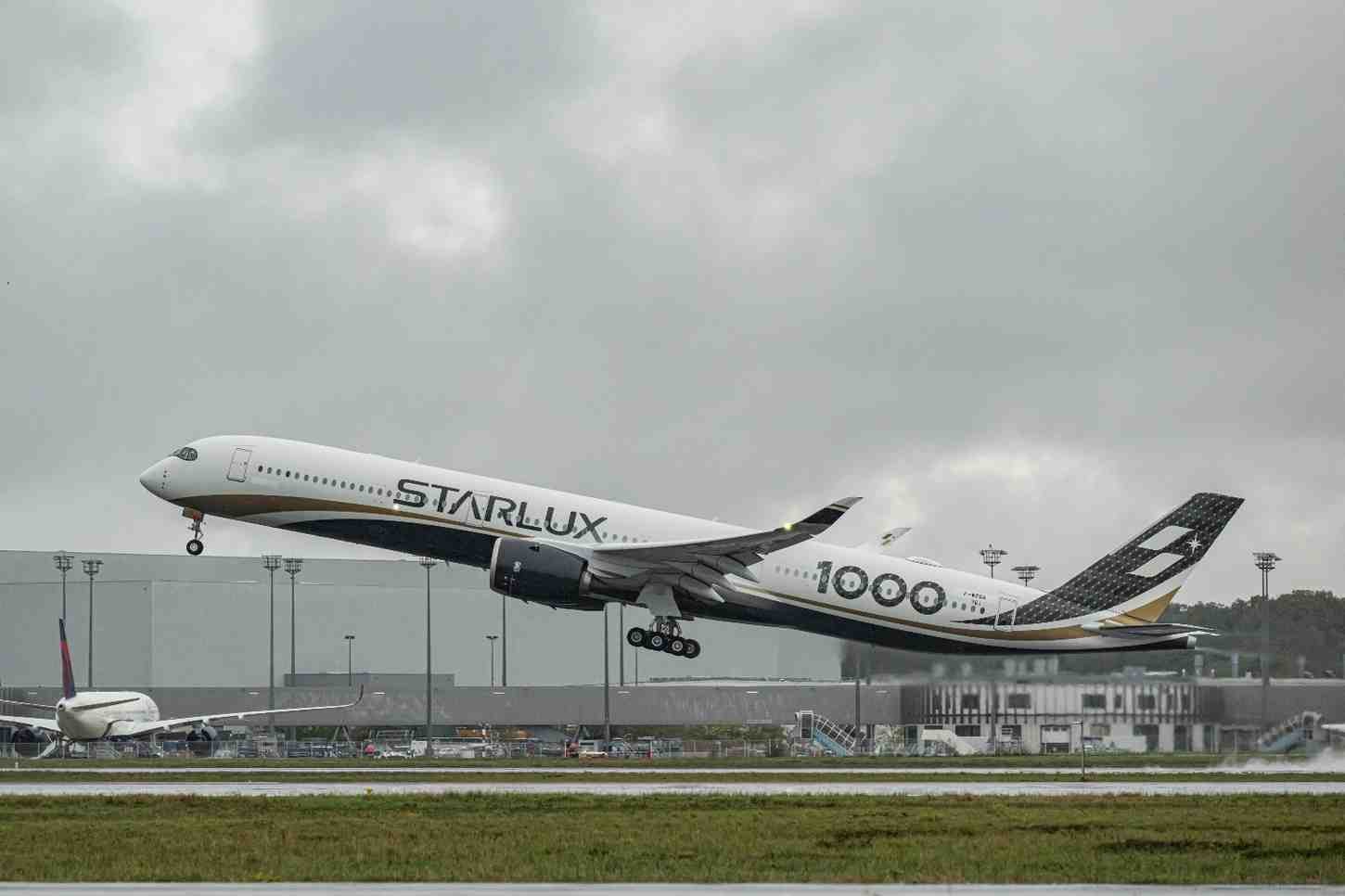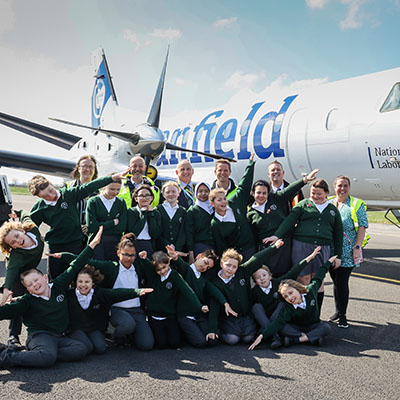Rolls-Royce begins build of world’s largest aero-engine
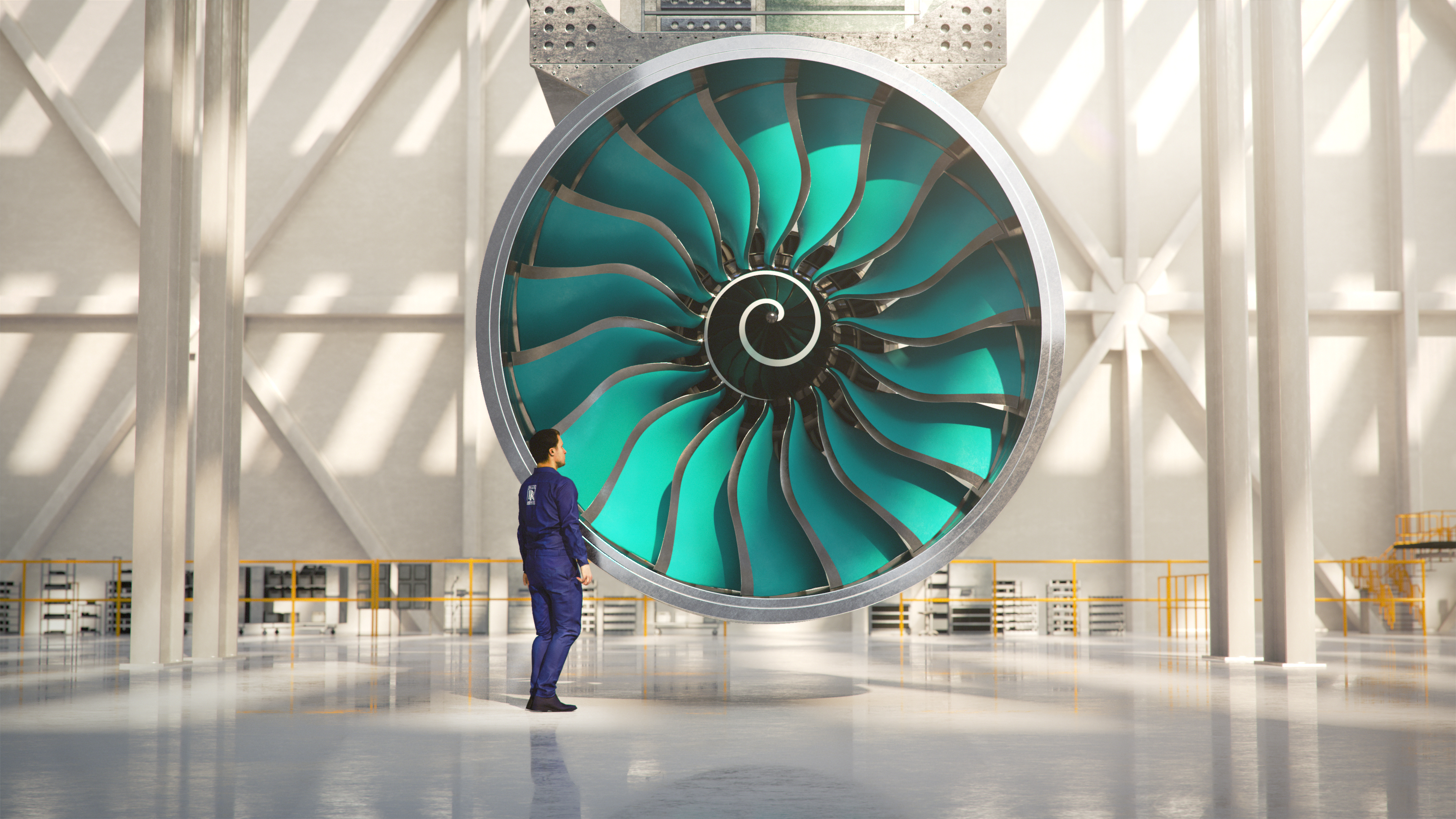
Above:
An artist’s impression of the UltraFan demonstrator.
Courtesy Rolls-Royce
Work on the first module is underway at our dedicated DemoWorks facility in Derby, UK, and the demonstrator engine, which has a fan diameter of 140 inches, will be completed by the end of the year.
The engine is the basis for a potential new family of UltraFan engines able to power both narrowbody and widebody aircraft and deliver a 25% fuel efficiency improvement compared with the first generation of Trent engine.
That performance improvement is crucial to achieving aviation sustainability. Gas turbines will continue to be the bedrock of long-haul aviation for many years, and UltraFan’s efficiency will help improve the economics of an industry transition to more sustainable fuels, which are likely to be more expensive in the short-term than traditional jet fuel. The first test run of the engine will be conducted on 100% Sustainable Aviation Fuel.
Significant investment has been made to develop the UltraFan demonstrator and associated technologies by Rolls-Royce and a variety of funding agencies, including the Aerospace Technology Institute and Innovate UK (United Kingdom), LuFo (Germany) and Clean Sky Joint Undertaking (European Union).
UK Business Secretary, Kwasi Kwarteng, said: “The UltraFan project is a perfect example of how we are working with industry to deliver green, sustainable flight for decades to come. Backed with significant government support, this project represents the scale of ambition for Britain's crucial aerospace sector.
“Companies like Rolls-Royce are playing a critical role as we build back greener from the pandemic and we are committed to giving the whole aerospace sector the support it needs to innovate and reach new heights.”
Chris Cholerton, Rolls-Royce, President – Civil Aerospace, said: “This is an exciting moment for all of us at Rolls-Royce. Our first engine demonstrator, UF001, is now coming together and I’m really looking forward to seeing it built and ready for test. It is arriving at a time when the world is seeking ever more sustainable ways to travel in a post-COVID 19 world, and it makes me and all our team very proud to know we are part of the solution.
“I am delighted that the UK and German governments have supported us in making these significant ground-breaking technology investments. The Aerospace Technology Institute and LuFo programmes, as well as the EU’s Clean Sky, have all helped bring us a step closer to realising the enormous environmental and economic benefits of UltraFan.”
As engine build starts, other key parts are already coming together for delivery to Derby. Work is underway on UltraFan’s carbon titanium fan system in Bristol, UK, and its 50MW Power Gearbox, which is powerful enough to run 500 family cars, in Dahlewitz, Germany.
UltraFan is part of Rolls-Royce’s IntelligentEngine vision – for example each fan blade has a digital twin which stores real-life test data, allowing engineers to predict in-service performance. When on test at Rolls-Royce’s new £90m Testbed 80 facility, data can be taken from more than 10,000 parameters, detecting the tiniest of vibrations at a rate of up to 200,000 samples per second. Data that helps us understand our engines and further improve them.
Key engineering features of the engine include:
- A new, proven, Advance 3 core architecture, combined with our ALECSys lean burn combustion system, to deliver maximum fuel burn efficiency and low emissions.
- Carbon titanium fan blades and a composite casing that reduce weight by up to 1,500lb per aircraft.
- Advanced ceramic matrix composite (CMC) components that operate more effectively in high pressure turbine temperatures.
- A geared design that delivers efficient power for the high-thrust, high bypass ratio engines of the future.






